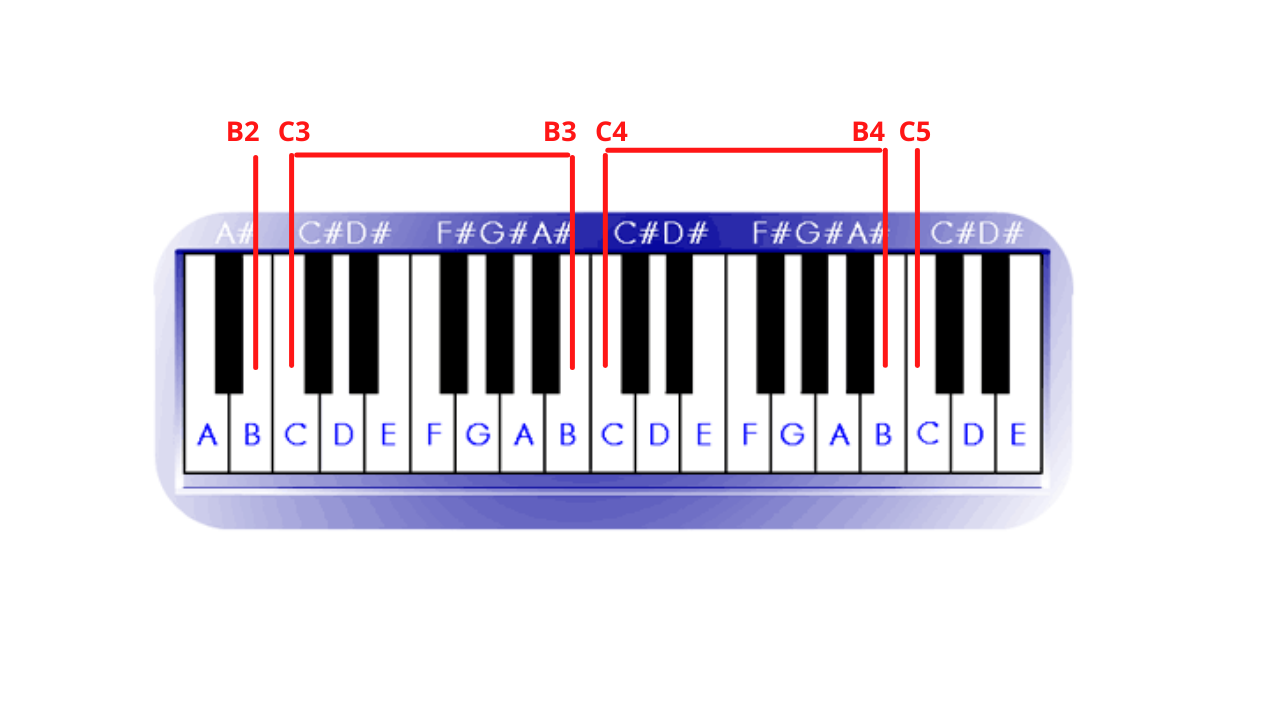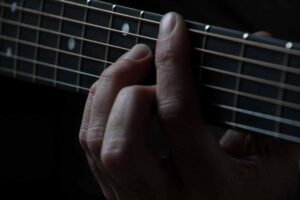In order to describe a singer’s range, you’ve got to understand octaves. So what is an octave? Why should I care?
The octave relationship between two notes is a natural occurrence in music and has been referred to as the basic miracle of music. Simply put, an octave is the distance between one note (for example, C) and the next note bearing its same name that’s either higher or lower in pitch.
Put in scientific terms, an octave is the distance between one note and another note that’s double its frequency. Again using C as an example, middle C has a frequency of 440 Hz. The next C which is lower in pitch has a frequency of 220 Hz, and the next C up has a frequency of 880 Hz. Why don’t we save the physics talk for singing geeks and talk about why vocalists need to understand octaves.
Imagine a piano. On it, the keys on the left are lower in pitch than the keys to the right. If you are play the white keys, starting from middle C and going from left to right, this is the sequence of notes: C, D, E, F, G, A, B, and then back to C. (This is also called the C major scale, but let’s not worry about that now!) You can continue this cycle until you run out of piano keys. As the notes get higher, it is easy to see that the next C will be higher than the previous one. Whenever a cycle ends and the note returns to C, that’s an octave. Its the same thing with the next octave down, where the pitch is lower. That sequence of notes would be C, B, A, G, F, E, D, C. All notes have octaves.
Sometimes, you will see notes with numbers attached to them. For example, C4 (or c4) means that is the C note in the 4th octave. C2 is the C note in the second octave which is 2 octaves down from C4. We refer to a singer’s range using this system. Our experience tells us that the range of an untrained singer is about one octave to one and a half octaves. Let’s say the lowest pitch a singer can hit is A3 and the highest pitch they can successfully match is D5. That is about one and a half octaves, and their range is A3-D6. Check out the piano diagram and identify where A3 and D6 are located. How about a singer’s range that goes from F#3-A4? (Hint: the black keys are the sharps.)
Our new singing app that we are in the process of developing will give users their singing range using the system above. And if you practice using the app’s exercises and coaching, you will definitely increase that singing range! More to come on our app!
Here is a video on this topic:







